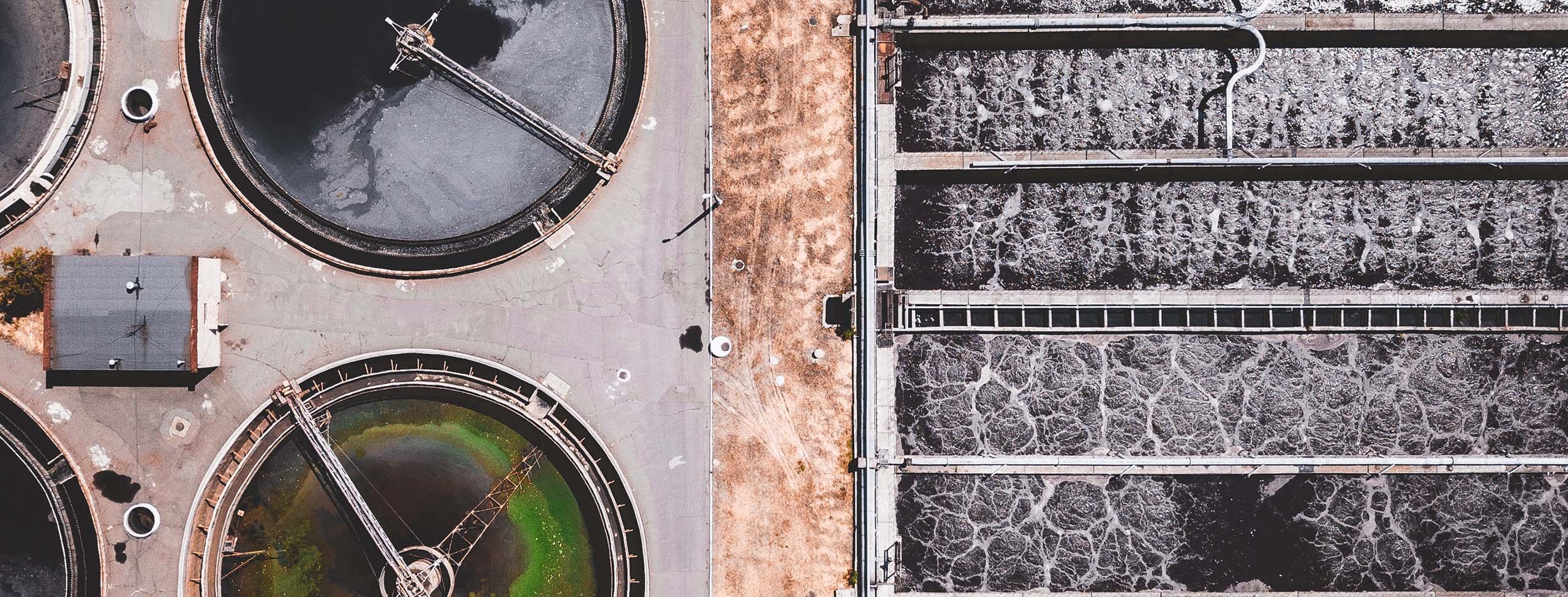
20 March 2024 • 5 minute read
EPA considers extending comment period for proposed rules regulating PFAS in RCRA corrective actions
Continuing the Biden Administration’s cross-agency efforts to address per- and polyfluoroalkyl substances (PFAS), the Environmental Protection Agency (EPA) has issued two companion proposals under the Resource Conservation and Recovery Act (RCRA) to incorporate numerous PFAS into facility corrective action activities.
In Rule #1, EPA has proposed adding nine PFAS to its list of RCRA hazardous constituents (Listing Rule). Rule #2 proposes revising the definition of “hazardous waste” applicable to RCRA corrective actions in order to clarify that the broader statutory definition, which could include substances beyond those listed or identified as hazardous waste in the regulations, applies in this context (Definition Rule).
According to EPA’s press release, the new proposals would subject over 1,000 waste facilities across the country to heightened risk of PFAS-related corrective action obligations.
Rule #1 (Listing Rule)
Listing nine PFAS as RCRA hazardous constituents
Under this proposed rule, EPA presents nine PFAS chemicals for listing under RCRA, 40 CFR Section 261 Appendix VIII, as “hazardous constituents”:
- Perfluorooctanoic acid (PFOA)
- Perfluorooctanesulfonic acid (PFOS)
- Perfluorobutanesulfonic acid (PFBS)
- Hexafluoropropylene oxide-dimer acid (HFPO-DA; GenX)
- Perfluorononanoic acid (PFNA)
- Perfluorohexanesulfonic acid (PFHxS)
- Perfluorodecanoic acid (PFDA)
- Perfluorohexanoic acid (PFHxA)
- Perfluorobutanoic acid (PFBA)
This proposed listing represents the latest effort by EPA to expressly address PFAS under federal regulatory regimes. It follows six of these PFAS analytes’ proposed inclusion under the Safe Drinking Water Act – PFOA, PFOS, PFNA, HFPO-DA (GenX), PFHxS, and PFBS – and two proposed for listing as hazardous substances under the Comprehensive Environmental Response, Compensation, and Liability Act (CERCLA, ie, Superfund) – PFOA and PFOS, including their salts and structural isomers.
If the proposed rule is finalized in its current form, federal and state RCRA-implementing regulators may look to some or all the approximately 1,740 permitted hazardous waste Treatment, Storage, and Disposal Facilities (TSDFs) nationwide to investigate and, under certain circumstances, cleanup the listed PFAS – both on and off site.
A substance may be listed as a hazardous constituent if it is scientifically shown to have toxic, carcinogenic, mutagenic, or teratogenic effects to living beings. Hazardous constituents are those substances expressly identified for consideration in RCRA facility assessments and the corrective action process. Listing the nine PFAS as “hazardous constituents” will vest EPA with authority to address releases of these substances at RCRA TSDFs.
Critically, listing a substance as a hazardous constituent under RCRA does not equate to listing it as a hazardous waste, which involves a different, lengthier regulatory process, and would trigger RCRA’s full cradle-to-grave regulatory regime which covers waste creation, transportation, treatment, storage, and disposal.
However, EPA has acknowledged that listing these nine PFAS as hazardous constituents is a step towards their anticipated future listing as RCRA hazardous wastes, as EPA typically draws from its list of hazardous constituents when considering future hazardous waste designations. In turn, if these PFAS are designated as hazardous wastes under RCRA, they would also simultaneously be defined as hazardous substances subject to cleanups under CERCLA.
EPA anticipates that the proposed rule will result in $21 million in annual indirect costs for regulated entities. EPA acknowledges that TSDFs may face cost increases on a facility-by-facility basis depending on the speed, extent, and number of corrective actions, the extent and magnitude of PFAS contamination, and the corresponding decision-making by the overseeing permitting authorities.
In practice, the rule’s implementation will likely impose significant additional costs on facilities required to undergo corrective action.
Rule #2 (Definition Rule)
Clarifying EPA’s authority regarding RCRA corrective actions
EPA accompanied its proposed Listing Rule with an additional proposed Definition Rule. This rule would expand RCRA’s current regulatory definitions of “hazardous waste” to include any substance that meets the broader statutory definition of hazardous waste.
According to EPA, this rulemaking clarifies its position that statutory wastes – not just regulatorily listed wastes – can be subject to RCRA corrective action requirements. If enacted, this rule would expand the authority of EPA and state regulators to address releases of substances via RCRA corrective action which meet RCRA’s wide-reaching qualitative statutory definition of “hazardous waste.”
This definition covers any “solid waste, or combination of solid wastes, which because of its quantity, concentration, or physical, chemical, or infectious characteristics may –
(A) cause, or significantly contribute to an increase in mortality or an increase in serious irreversible, or incapacitating reversible, illness; or
(B) pose a substantial present or potential hazard to human health or the environment when improperly treated, stored, transported, or disposed of, or otherwise managed.”
If enacted, this proposed rule may significantly enhance and expand EPA’s and state regulators’ authority to order TSDFs to investigate and clean up any other substances which meet the statutory definition of “hazardous waste,” including, but not limited to, other unlisted PFAS chemicals and/or other emerging contaminants.
Next steps
EPA published both proposed rules in the Federal Register. Following the Agency's recently approved extension, the Definition Rule is now open for public comment through March 26, 2024, and the Listing Rule is open for public comment through April 8, 2024. However, industry members have requested a 30-day extension for Listing Rule public comments.
DLA Piper’s Environmental practice group and cross-disciplined PFAS Task Force advise and assist businesses in navigating the ins and outs of the continuously evolving PFAS regulatory landscape in the US and abroad.
To learn more about the RCRA proposed rules or for discussion on all matters related to PFAS, please contact the authors.


